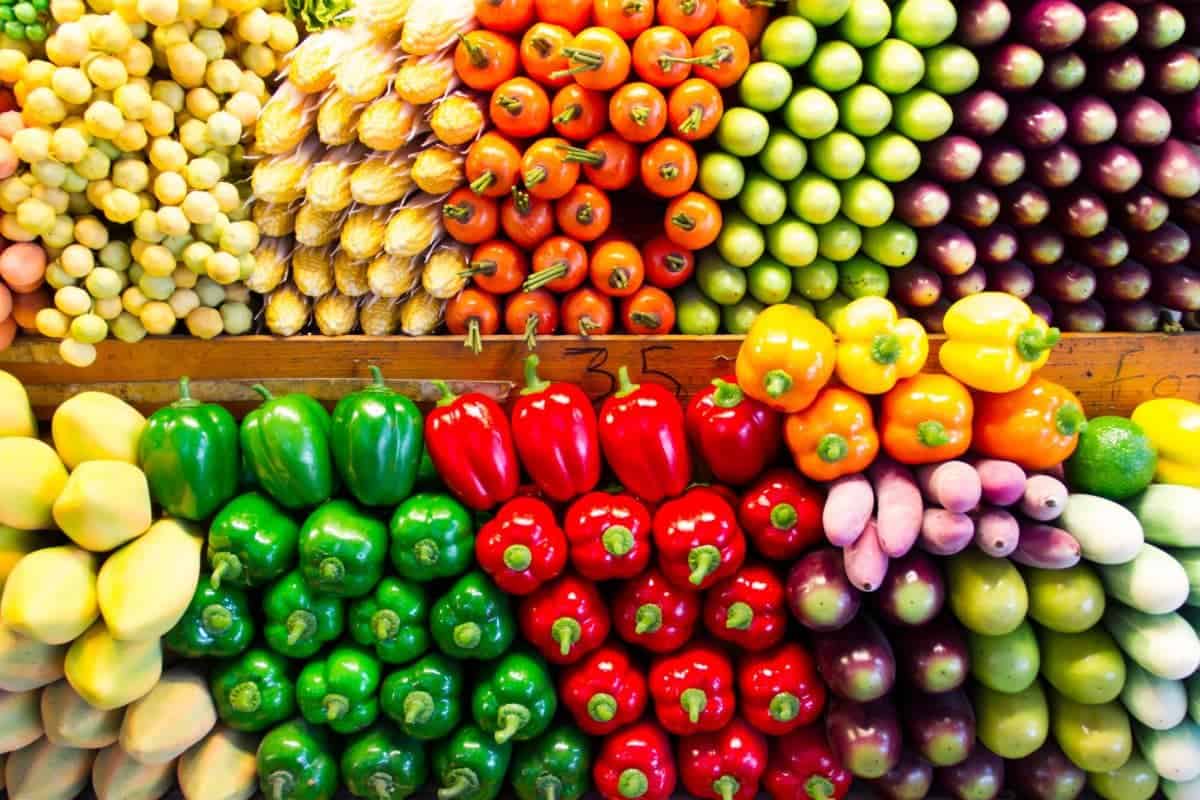More Than 82% of Americans Bought Organic Food in 2016
Organic food has become more popular over recent years. In fact, more than 82% of American consumers have bought certified organic foods since last year, and the growth is increasing by 3.4% each year.
According to the survey conducted by the Nielsen company and released by the Organic Trade Association (OTA), more than 100,000 households indicated that they had bought organic foods recently. Out of these families, 14.2% of the respondents hail from North Dakota followed by Rhode Island at 12.3%.

There is a growing trend when it comes to the consumption of organic foods. In fact, according to the OTA, the sales of organic produce rose to a record $43.3 billion in 2015 with an estimated growth of 11% annually. This increase has led to the proposal of different research and promotion of more organic products.
In fact, the USDA released a plan to create an industry-funded program called the check-off program that would certify many agricultural products as organic. This program imposes a small fee on each sale made by the producers. The funds generated can be used for research and promotion of organic products.
The Popularity Of Organic Food
So why are people opting for organic foods? The reason why 60% of American consumers opt for organic foods is for health reasons. One of the biggest shares of the organic market is organic milk as more and more people are concerned about getting bovine growth hormones from milk obtained from conventional dairy farming practices. Aside from milk, the sale of organic baby food is also increasing.
But what does it take for a product to be considered organic? Aside from being grown in organic means, organic products should also be made without the use of chemicals like fertilizers, pesticides, and hormones. They should also not contain any preservatives.
The Future Of Organic Foods
While the organic food market is increasing, it still occupies a small segment of the food industry. In fact, it only consumes 2% of the pie in the entire food industry. Speaking on the future of organic food, even large-scale supermarket chains like Safeway and Target are now providing organic food offerings to their customers.
Aside from supermarket chains supplying organic foods to consumers, there are also many large-scale organic farms in the country. The advantage of such a large agricultural setting is that it tends to decrease the price of organic products as well as improve distribution to consumers. Aside from the benefits for customers, large-scale farmers earn competitive returns from their products.
There is indeed an increasing demand for organic products in the United States, but the market is lagging behind European countries where all supermarkets carry organic brands. Although this may be the case, the United States is off to a good start.
Inspired by www.bna.com


 According to Senior Food & Drink Analyst at Mintel, Beth Bloom, hybrid drinks are the new generation of beverages, but they are inherently higher in health benefits, making them more appealing to consumers. Research showed that
According to Senior Food & Drink Analyst at Mintel, Beth Bloom, hybrid drinks are the new generation of beverages, but they are inherently higher in health benefits, making them more appealing to consumers. Research showed that 

